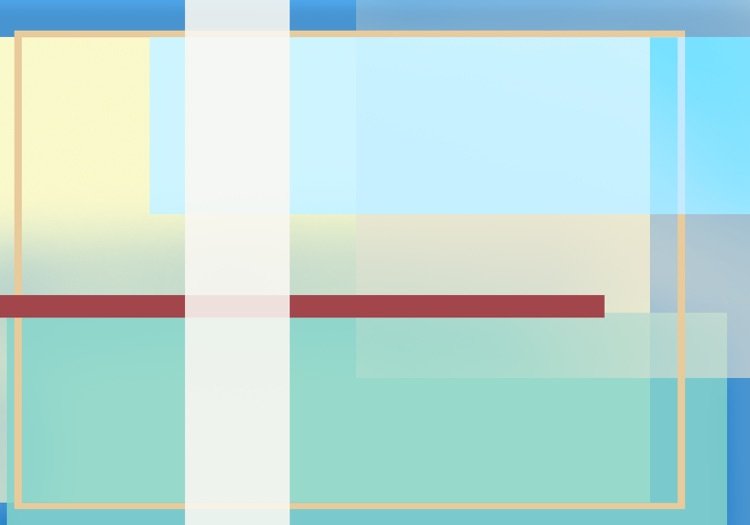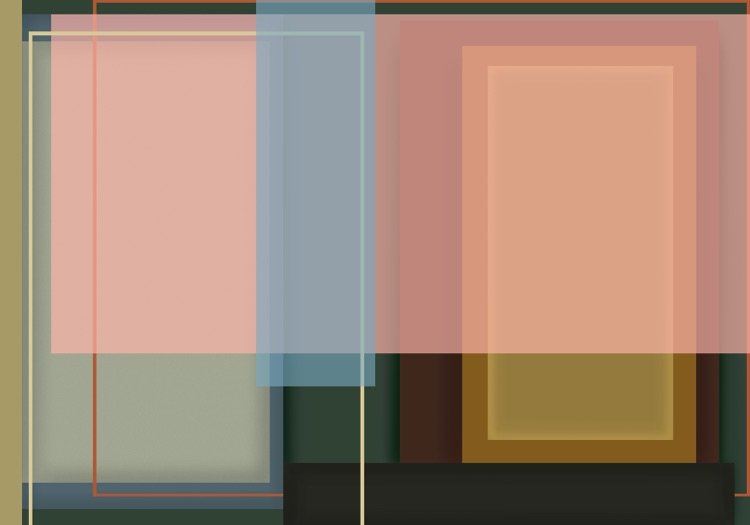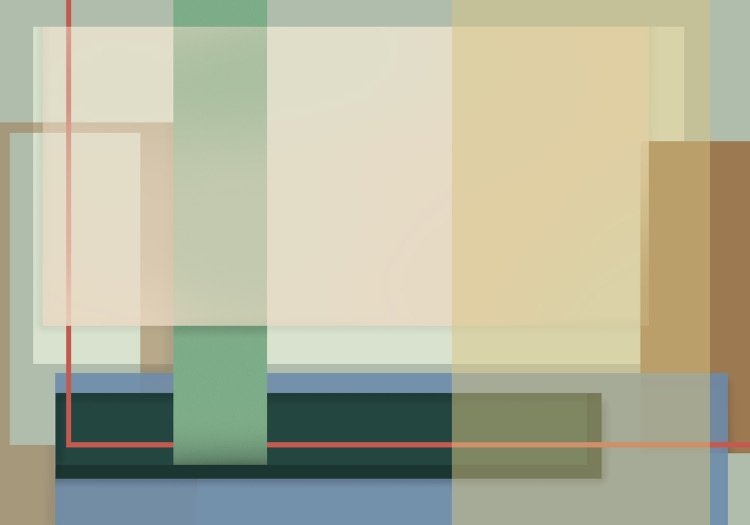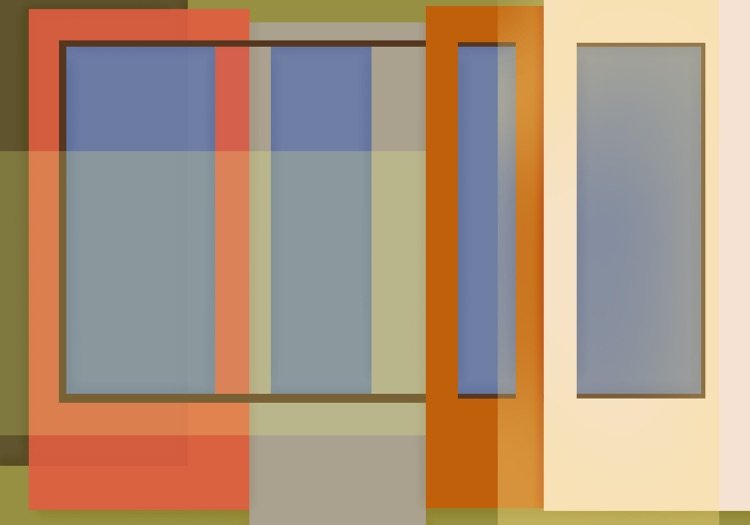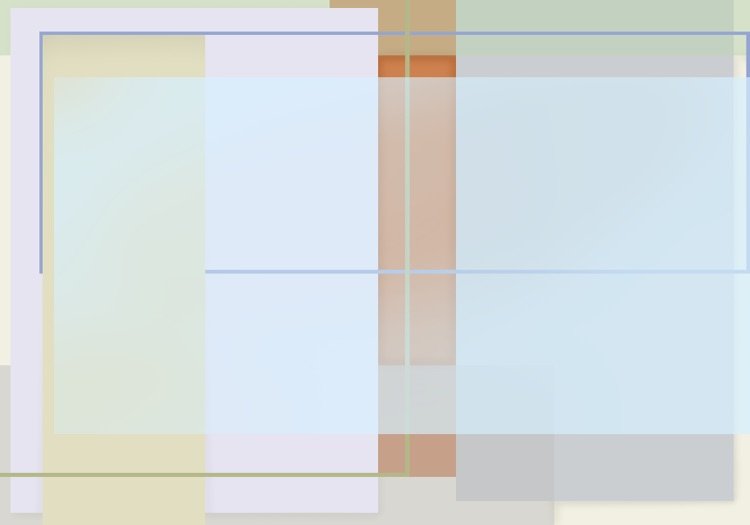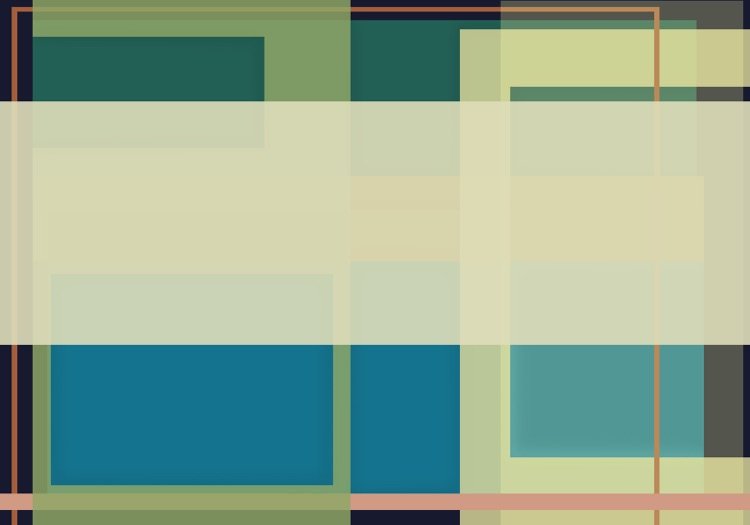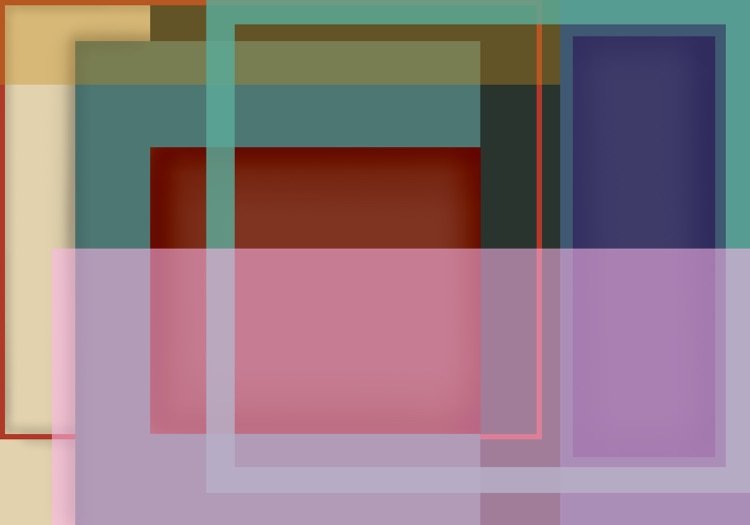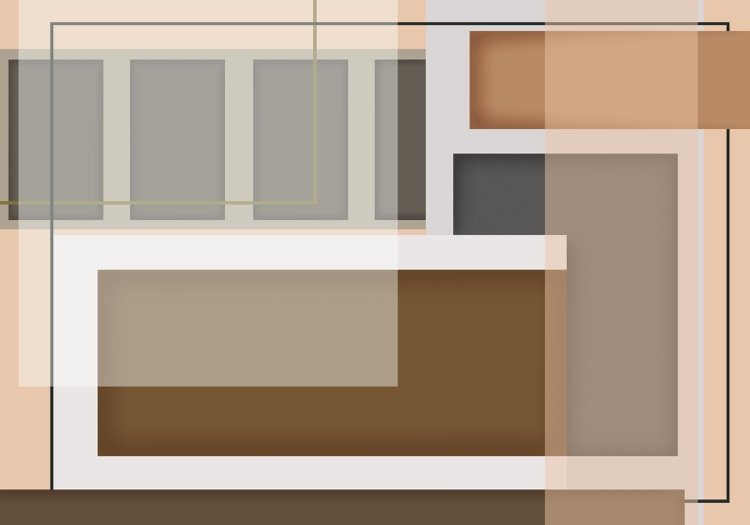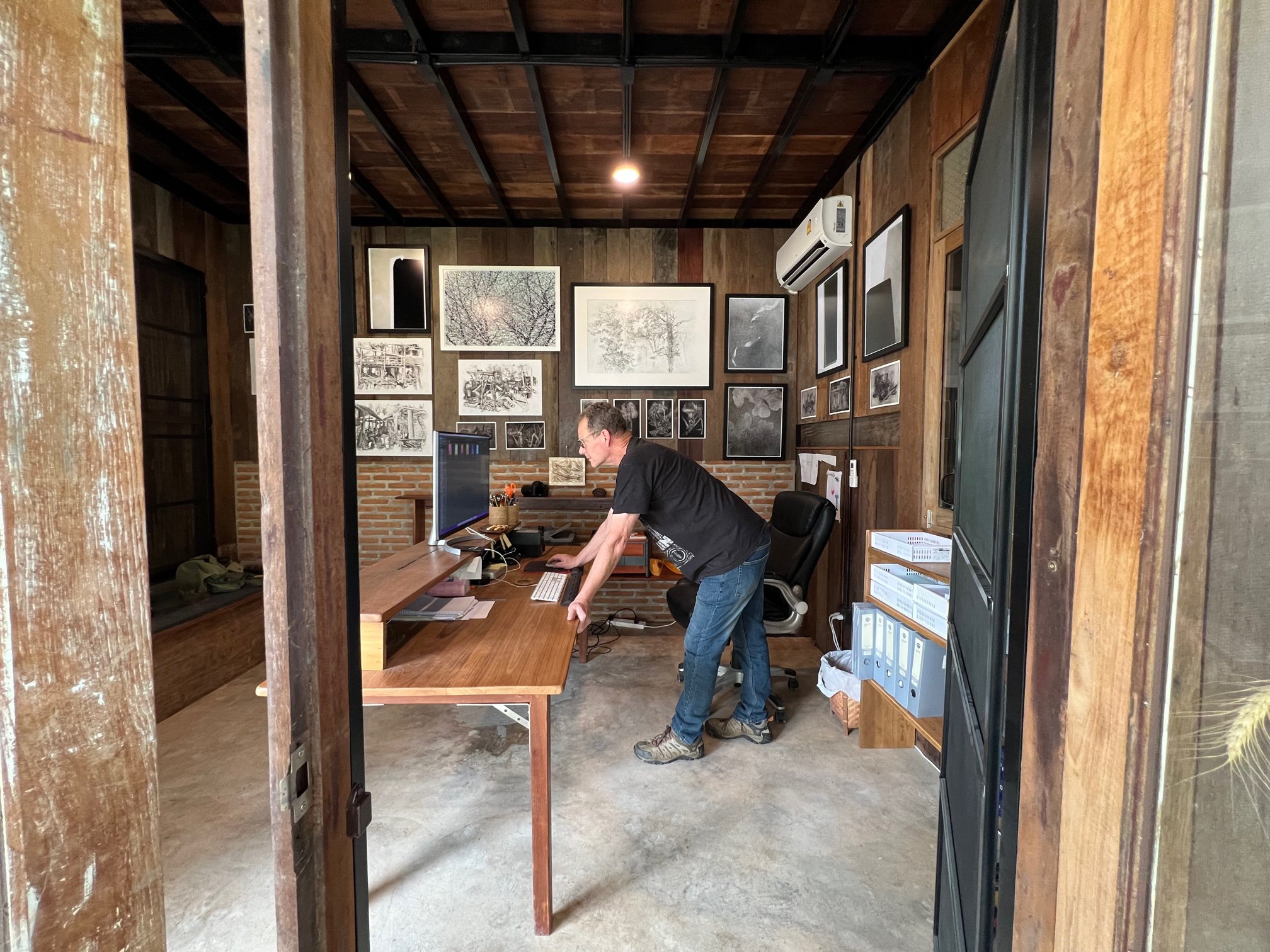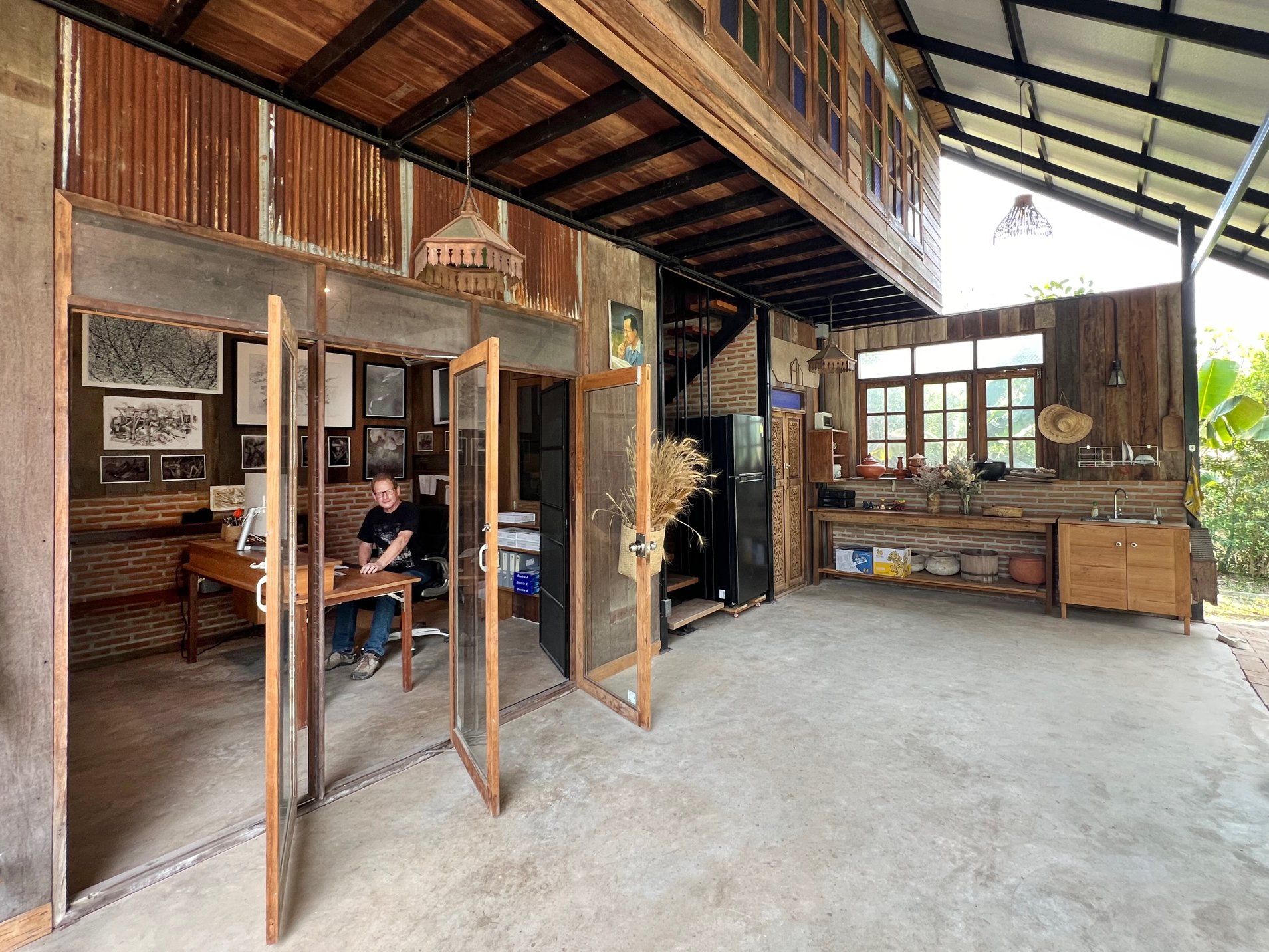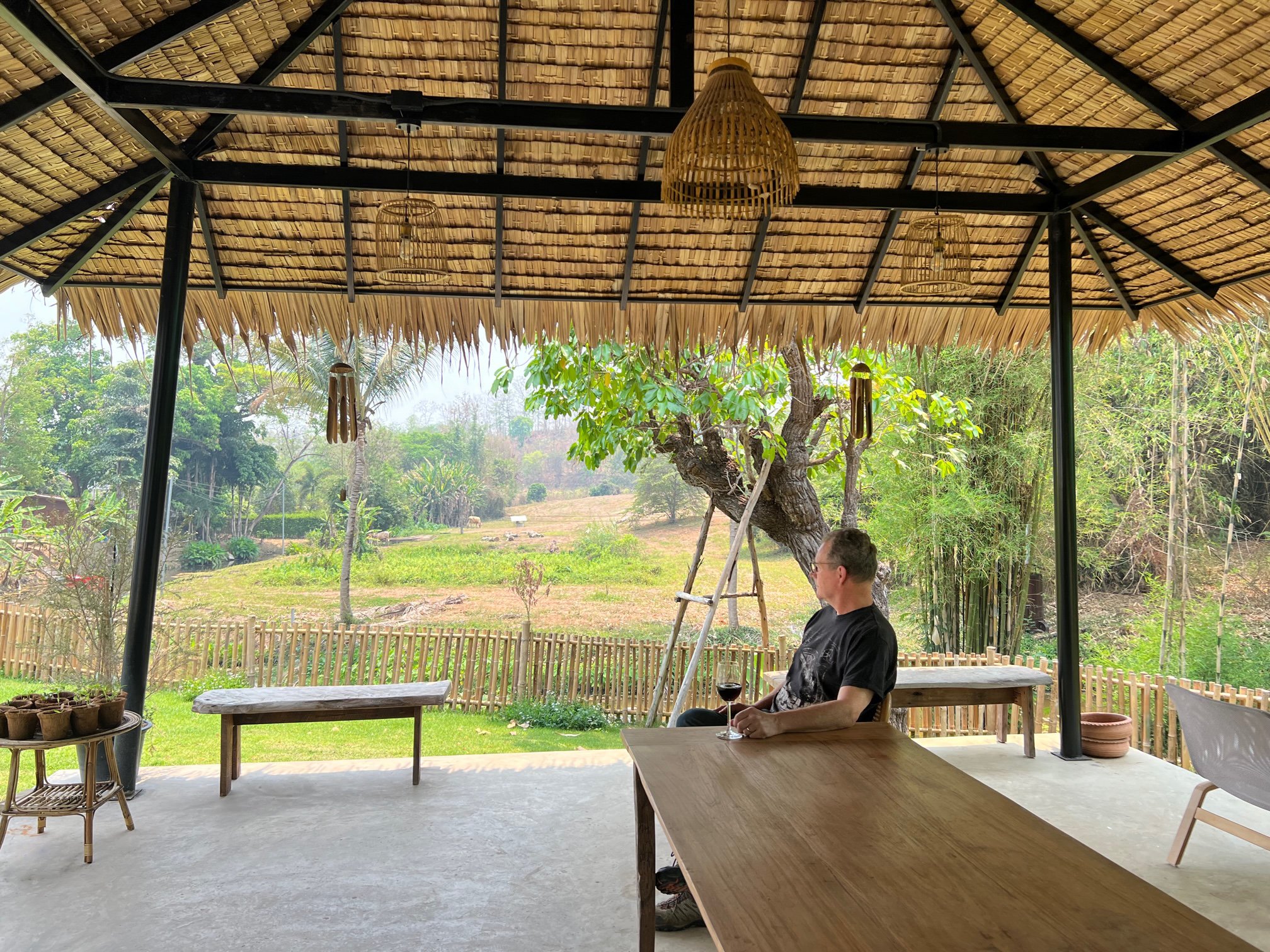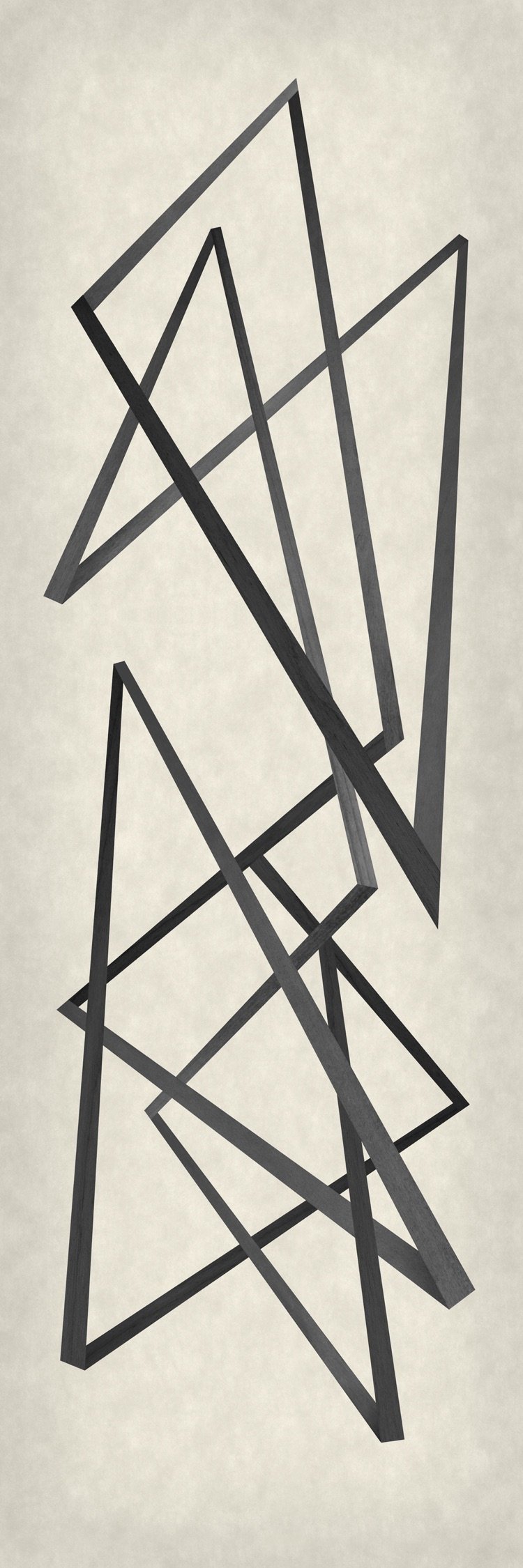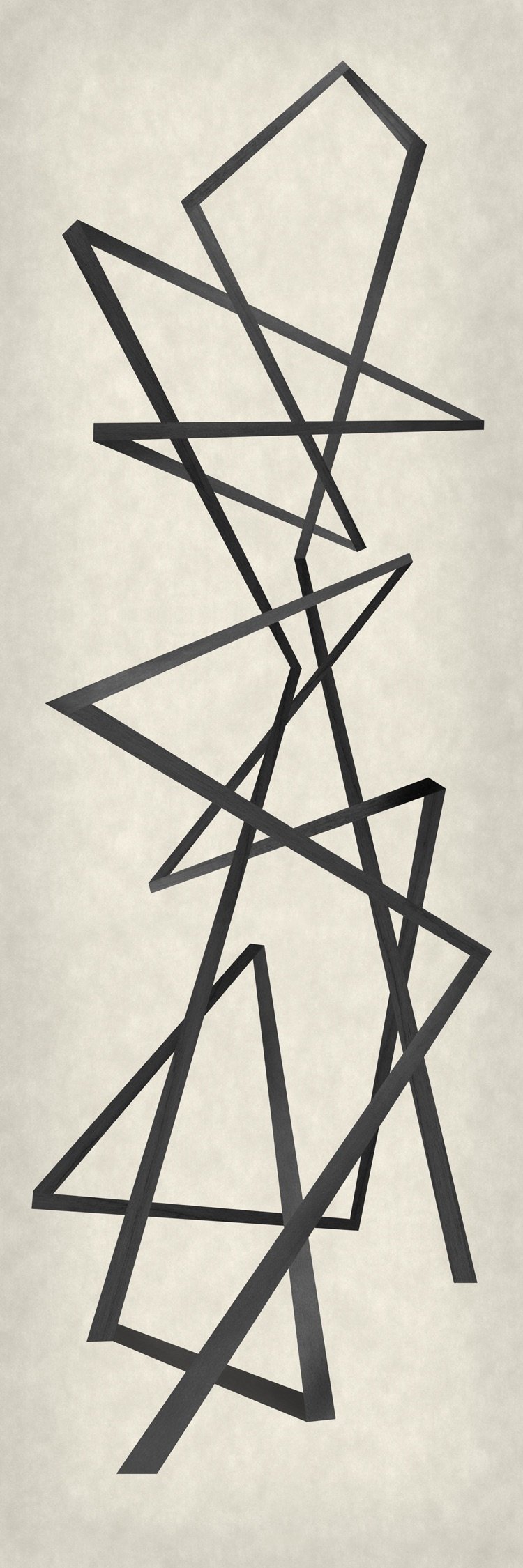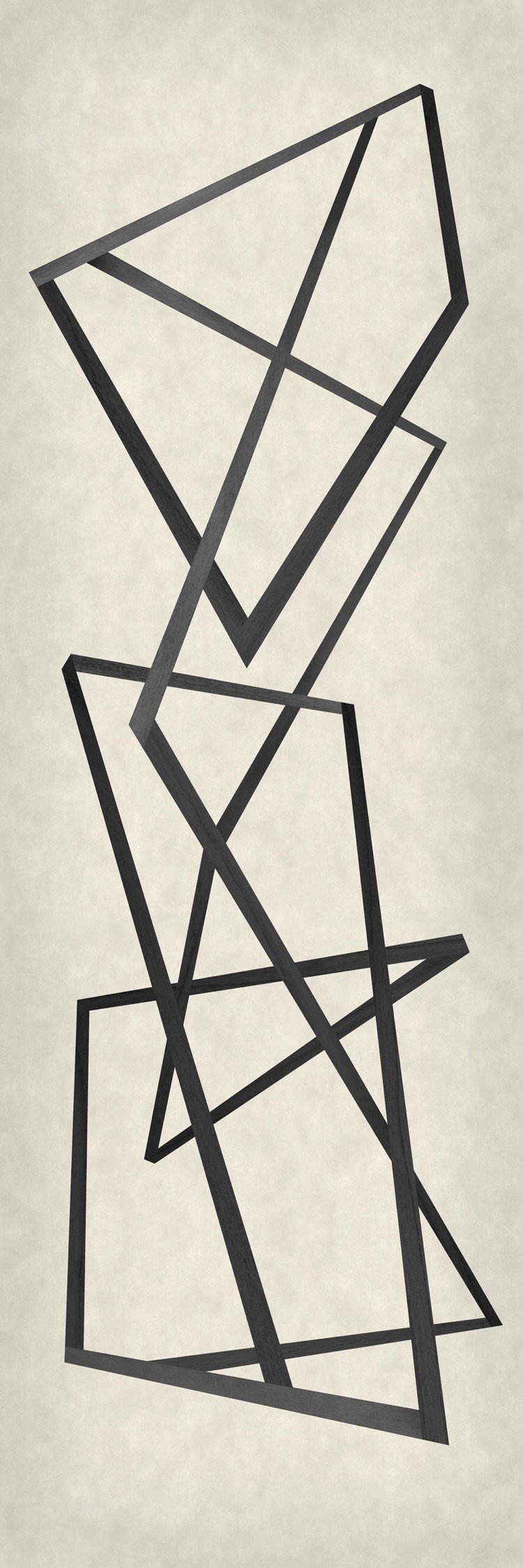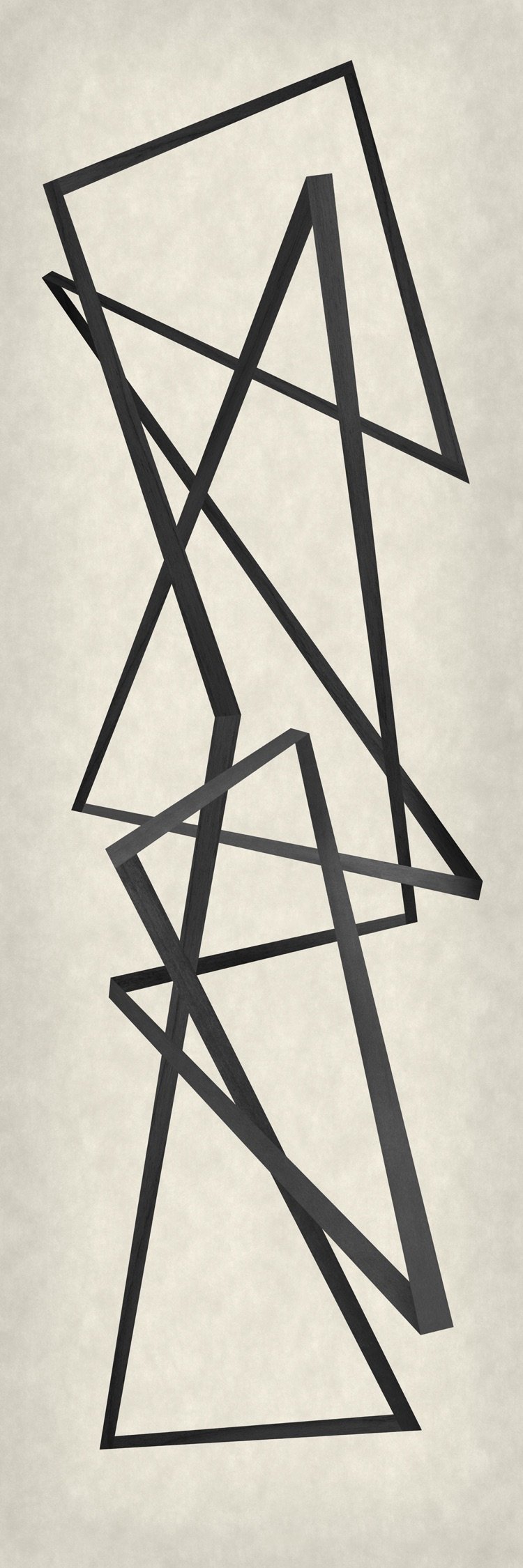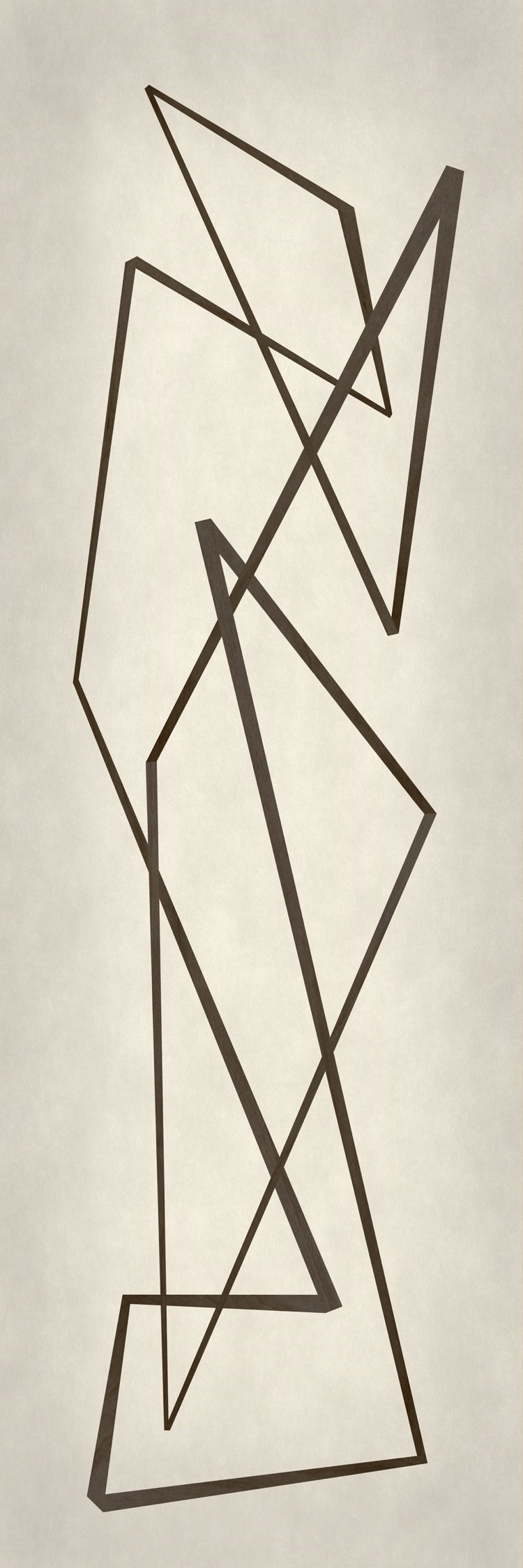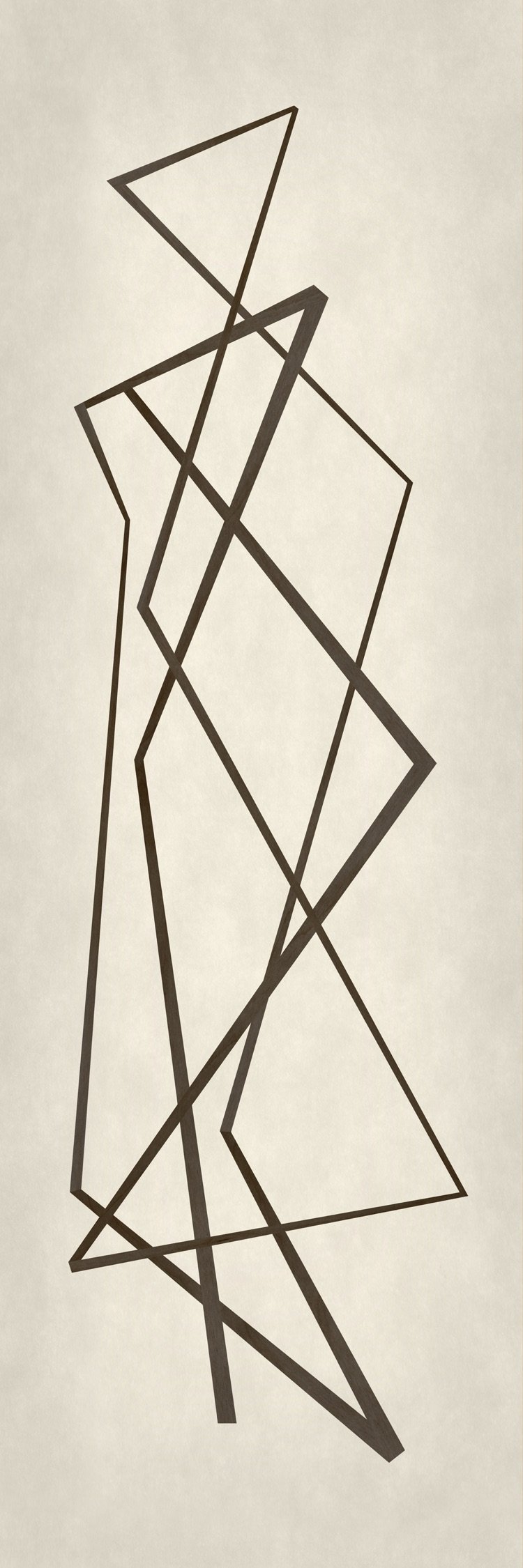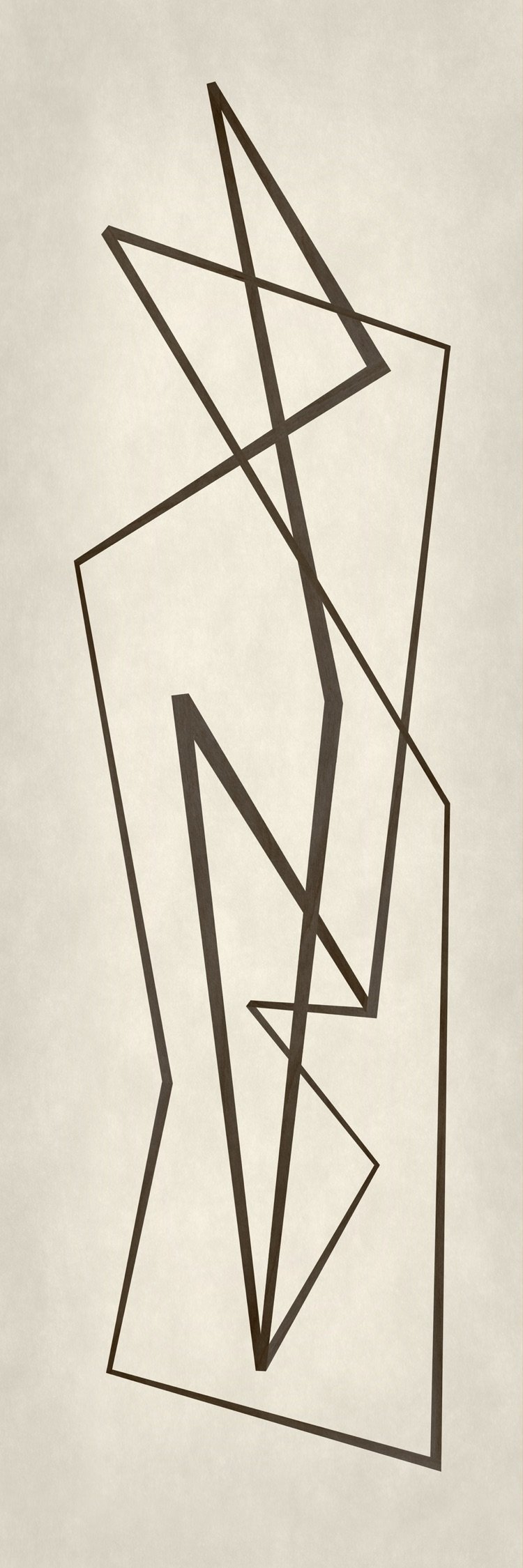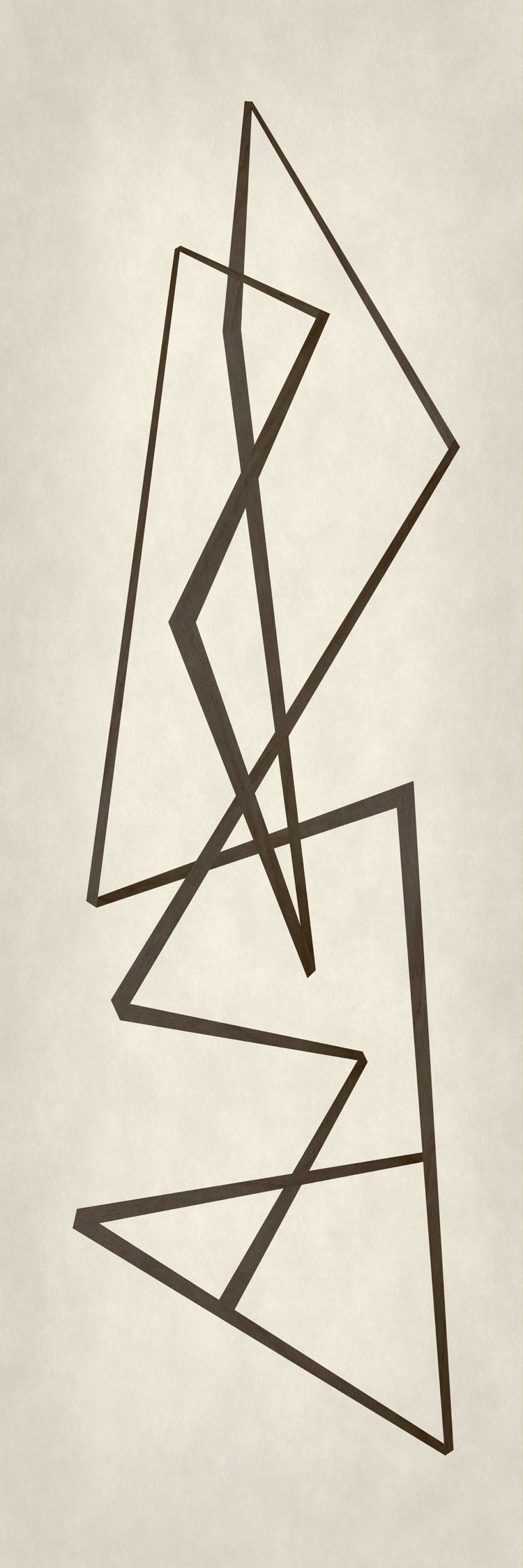PAUL TAYLOR
About Paul:
Why does a person love to make abstract art? Paul Taylor thinks his interest grew from the spare gridded farmlands that surrounded him as a kid. What might look boring on first glance, yielded light-drenched treasure on closer inspection.
Born in San Francisco, his family moved to Davis, CA to assist in the establishment of UC Davis as a separate campus. Almost from the moment he picked up a camera, he was shooting abstract work inspired by Aaron Siskind, Minor White and local Davis artists Roland Petersen and Wayne Thiebaud. He built a darkroom in the family’s wine cellar, and the scents of wine and photo chemistry have stayed with him to this day.
He attended UC Santa Cruz and moved to Oakland in the mid-70s. It finally dawned on him that he could make a life in photography, so he studied at Art Center/College of Design. He began an advertising photography business in Los Angeles where he still lives with his wife and two kids. While advertising puts food on the table, his continued love of art was food for the soul. Paul now lives outside of Chiang Mai, Thailand, with his family.
Grand Image: How did you get your start in art?
PT: I grew up in a small town in California called Davis, which had a community art center with classes and facilities for everyone. I took ceramics, batik, jewelry making and a host of other things. At home, we had an art room, where the kids could be as messy as they wanted, and never have to clean up. We also had a potter’s wheel which got heavy use. I didn’t take up photography until much later, when in high school. The camera got me out in the world and the enchantment of watching the image float up in the tray has never left me. It wasn’t until years later that it dawned on me that I could make a living at photography. I started saving money and moved to Pasadena in 1980 to attend Art Center.
The process of being molded into a commercial artist was threatening to drive out my creative spark, so I jumped ship and started working for commercial photographers in Los Angeles. I started my own business in 1984, but always made time to make art. The tables are now turned, and I am bringing my art into the foreground.
Grand Image: How did you develop your style?
PT: From the very beginning I loved abstracts. Man Ray, Aaron Siskind and Minor White were my inspiration. I took plenty of landscape images as well, but a great abstract always gave me a thrill.
Grand Image: Where are you from and how is that reflected in your work?
PT: Though born in San Francisco, I grew up in Davis, an hour or two east. It’s in the Sacramento valley, which is flat as a pancake. The first impression is that it is visually boring, but I grew to love the patterns of the farm fields and the always changing colors as crops were grown, harvested and the fields plowed. You can see the same influence in the work of local artists like Roland Petersen and Wayne Thiebaud, both instrumental in establishing the UC Davis Art Department.
Grand Image: How has your relationship with art changed the way you view the world?
PT: That’s a tough question, since I’ve always engaged the world through art. But I’d say the language of art is about beauty, harmony and contemplation, and not well suited to aggression which other languages are all too good at.
Grand Image: What was the inspiration behind your “Elevations” series?
PT: In my photography career, I built many sets and developed a passion for building. And even before becoming a photographer, I’d toyed with the idea of becoming an architect. I love how building frames spaces and space is what I am trying portray in “Elevations”. “Elevations” is influenced by Veronica Kellndorfer, Laszlo Moholy-Nagy, Ad Reinhardt, James Turrell and Patrick Wilson.
Grand Image: How many years have you been an artist?
PT: 40 years or so, and no two years ever the same. A key inflection point was the advent of digital technology, which has opened new worlds to me. I resisted “going digital” for many years, convinced it wasn’t legitimate. I’ve since realized that it’s a great set of tools if used properly. You have to let the hand play an important role or it ends up looking like a machine made it. I also like to bring photographs elements and textures into the mix. Another benefit of digital is it has a much lighter impact on the environment.
Grand Image: What is your current source of inspiration?
PT: I recently moved to Thailand so my kids could immerse themselves in the culture for a few years. The change from Los Angeles to the countryside outside of Chiang Mai couldn’t be more dramatic. I have no doubt this will be seen in my work to come.
Grand Image: What does your artwork say about you as a person?
PT: I’m not sure. I hope it would say I’m curious and always searching.
Grand Image: What artists inspire you?
PT: I’m a bit of a magpie this way, always picking things up here and there. My recent obsession is the sculpture of Fernanda Gomes, who can take a couple of sticks and make poetry with them.
Grand Image: If you could have your artwork hung anywhere in the world, where would you like that to be and why?
PT: I love the idea of placing art where people can experience it on a daily basis and everyone can find value in it. If the shopkeeper down the street wants my work, I’ll know I’ve made it!
Grand Image: You work in several mediums. What is special about each to you and how do they inform each other?
PT: My commercial photography work demanded I master lighting in every situation. What I learned from that informs everything I do with the digital medium. Collage work is much more spontaneous, and the interaction of the elements always intrigues me.
Grand Image: Do you choose to stay on top of current trends? If so, how? If not, why not?
PT: My experience with trends is if I follow them, I get left behind. I think I’m better suited to doing what works for me and hope the trend cycles around to it.
Grand Image: What is your favorite way to implement self care?
PT: I’ve found a bit of physical work gives me balance. To that end, I built my office in Thailand and made much of the furniture from reclaimed wood. Oh, and a glass of wine at the end of a long day is most welcome!
Grand Image: What advice would you give someone starting out as an artist?
PT: Don’t do it if you just like the idea of being an artist. It’s not a romantic career choice in most cases. But if making the work feels as essential to your life as eating, then go for it.




